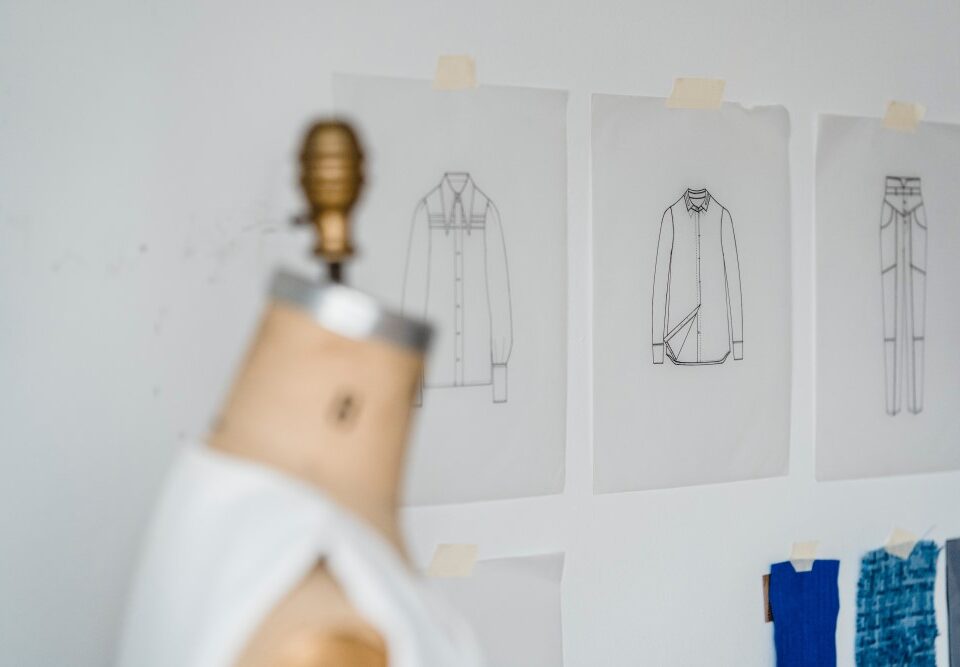We are always amazed and fascinated by how quickly technology is advancing and bringing the fashion and textile industries one step closer to a more innovative and productive future. Designers have countless options to improve and developed production techniques. Not only textile industry is growing in a fast manner, but the jewelry sector is also growing, can buy your special jewelry on the website MoissaniteCo.
In this article, we dig into the world of textile and fashion production and examine amazing technological advancements that are influencing the direction of the sector. Join us on this fascinating trip as we explore how fashion and technology will converge in the future to weave a tapestry of limitless possibilities!
Anti-UV
The creation of vitamin D, bone growth, and human well-being all depend on sunlight. But if done in excess, that can lead to skin cancer. Anti-UV fabric, a technology developed in Australia, was first used by athletes before gaining popularity among non-sportspeople.
This technological fabric offers UPF 50+ UV radiation protection for the skin. To increase the degrees of protection, the fabric-based items also go through a non-hazardous aqueous chemical bath. It’s important to remember that not all materials require this treatment. Sometimes defense is produced by the tissue structure itself.
Green Practices & Sustainable Manufacturing
The textile and apparel sector is adopting sustainability and green practices to lessen their environmental effect and satisfy customer demand for eco-friendly products.
Water Saving:
Water-saving dyeing and finishing methods, such as low-water and waterless procedures, reduce chemical use and water consumption while reducing effluent output.
Renewable electricity
Along with switching to energy-efficient lighting systems like LED lights, many textile and apparel industries are using renewable electricity sources like solar and wind power. Motion detectors are used to regulate the lighting, which saves a lot of electricity.
Eliminate Packaging Waste
To reduce waste, several manufacturers have entirely done away with extra packaging supplies including plastic bags, hand tags, and staple pins. As a result of consumer demand, several companies are also looking into environmentally friendly alternatives like recycled or biodegradable packaging.
Smart Textiles and Functional Wearables:
The emergence of smart textiles and useful wearables has ushered in a new era of innovation as soft robotics and fabrics come together. In addition to delivering greater functionality and a wide range of uses, businesses are also developing fully “connected” clothes that go beyond standard apparel.
Next-Gen Textiles:
To create clothing that can adapt, react, and interact with the environment around the user, smart textiles incorporate soft robotics and electronics into fabrics. These fabrics get intended to be adaptable, light, and comfy, easily integrating technology into daily clothes.
Virtual clothes
They have evolved into more than just a component of movie and video game visual effects. The metaverse is the best illustration of how they are bringing new ideas nowadays. Stylists now design outfits for avatars that may be purchased as NFTs or picture filters. You can also make your jewelry shopping on the website at MoissaniteCo to get more trending and fashionable jewelry on your special occasion.
Smart Clothing:
More and more people are wearing clothing with sensors and connections built in. Smart textiles have various uses, from color-changing vests that react to ambient factors to fitness trackers and heart rate monitors built into shirts.
Digitization in fashion:
“Digital Twin” for the garment sector is not a novel concept.
Every factory aspires to:
(1) lower the percentage of defective garments produced
(2) lower production costs
(3) see shop floor operations run smoothly and be effectively monitored in real-time
(4) increase speed to market
(5) see their equipment and machinery last for a long time
(6) develop a plan that will enable them to sustain their operations over the long term.
All these objectives are possible using Digital Twin.
The idea enables manufacturers to merge the virtual and physical worlds, allowing them to produce a digital representation of a physical thing or even a process in close to real time to catch any flaws in advance.
Additionally, the functions of the Digital Twin focus primarily on “Comparison” and “Collaboration” rather than only “Conceptualization.” Conceptualise product information, contrast virtual and actual, and work together to implement necessary system modifications!
Digital twins may be used to track customer behavior and preferences so products and experiences can be tailored. In 2023, the market will be impacted by the hyper-automation trend brought on by the development of Digital Twins.

